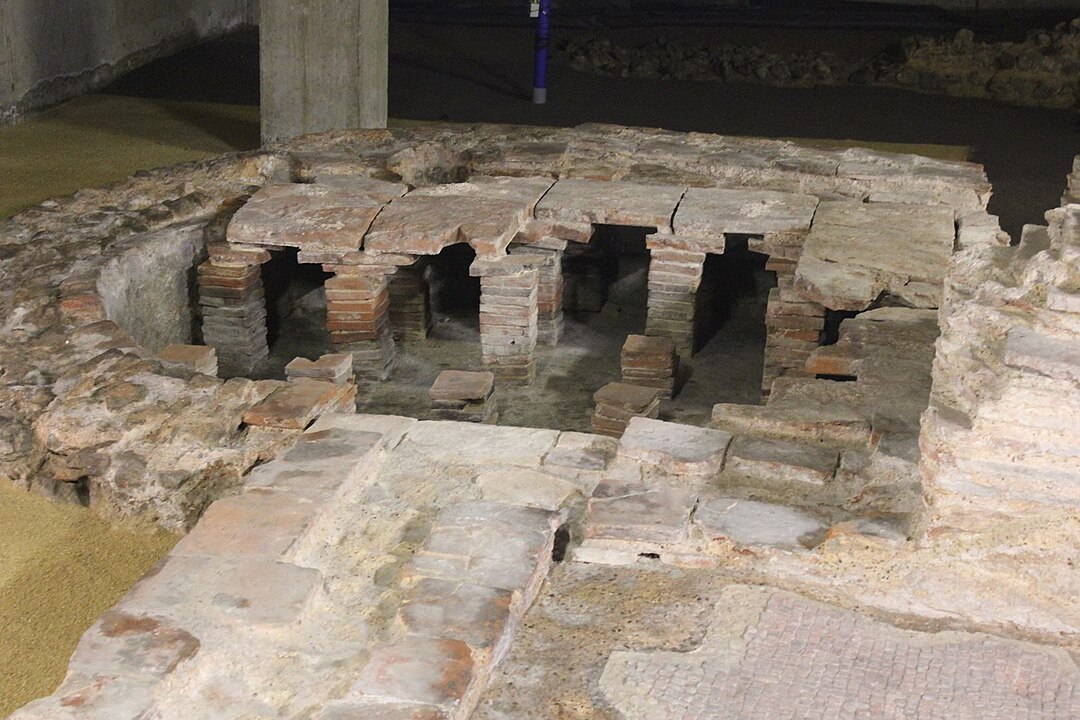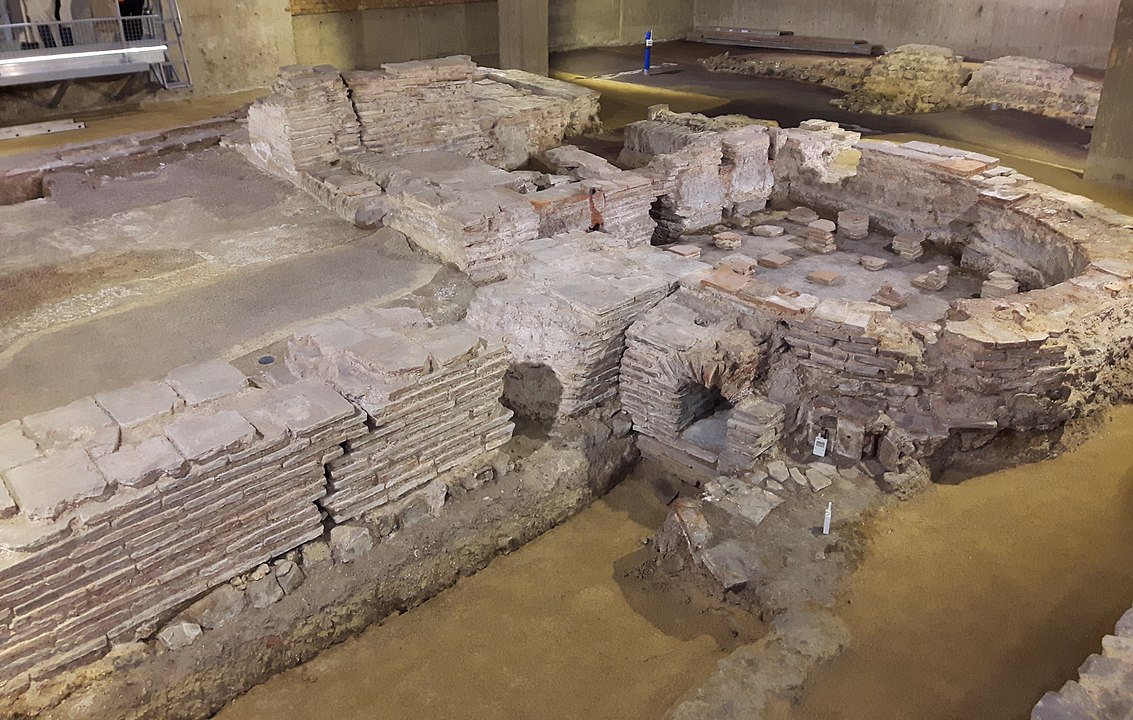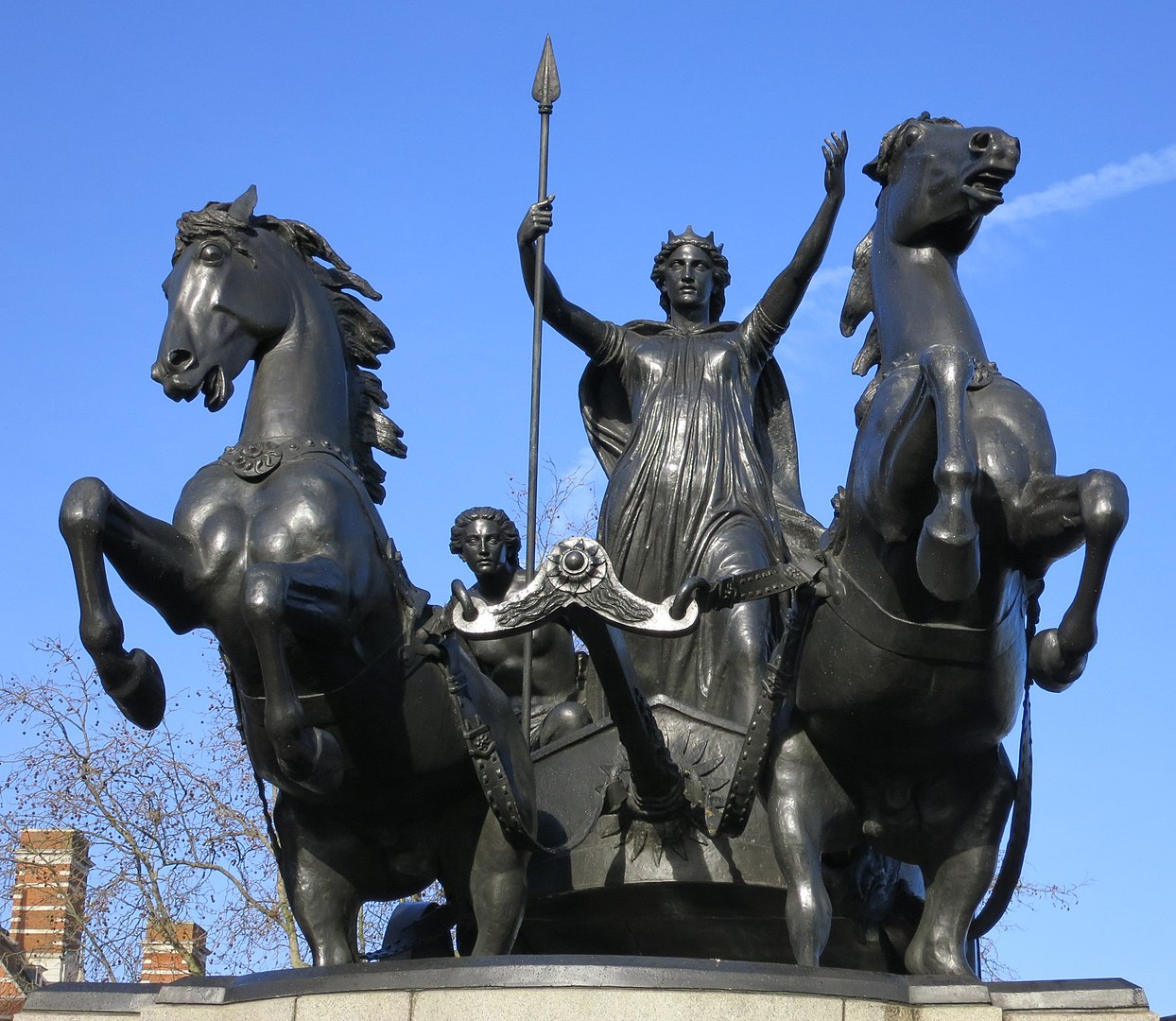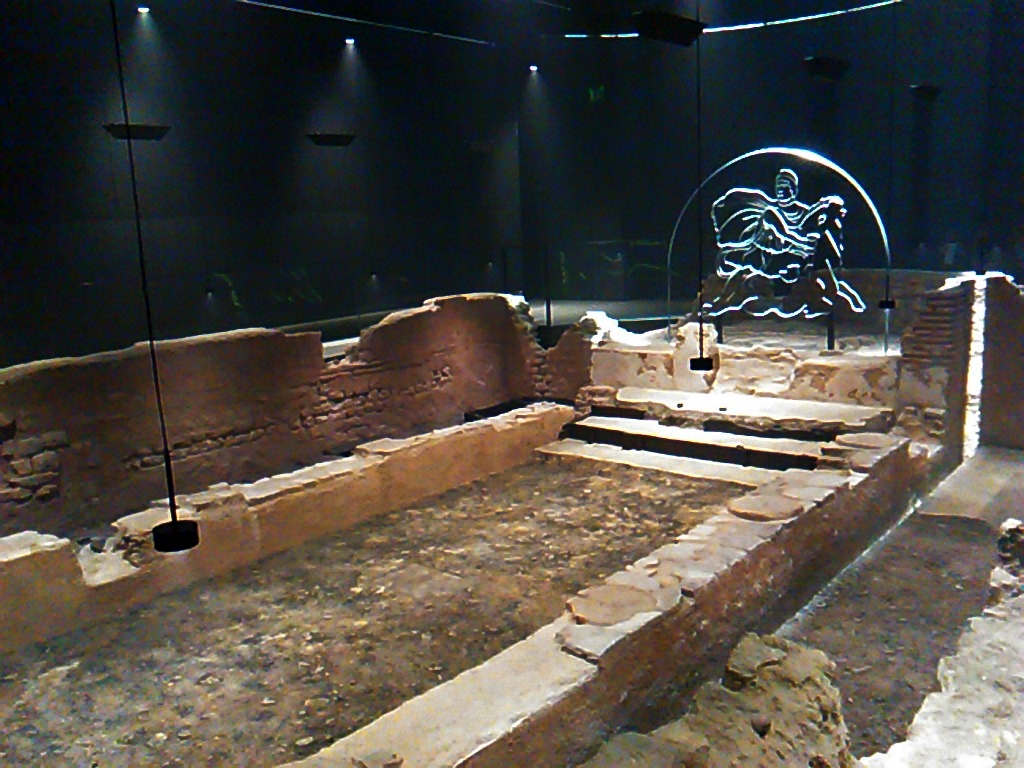Who Was The Unknown London Girl Buried Beneath The Gherkin?
If you ever happen to pass along the Gherkin, you surely have noticed the dark grey sarcophagus with the Latin inscription on its side. You might have mistaken it for a monument of sorts, and in a way, it is—a monument to a mystery. One that came to light in the 1990s was a mystery involving a young girl buried in the heart of ancient Londinium a few decades before the end of Roman rule over the Isle.
This is the story of the unknown girl whose final resting place lay undiscovered for centuries, only to be revealed by the chaos of a bombing and the careful work of archaeologists.
A Bomb, A Discovery: The Mystery Uncovered
On 10 April 1992, the IRA detonated a bomb in the heart of London, right in the financial district near the Baltic Exchange. The explosion was devastating, causing extensive damage to buildings and the surrounding area. The site was left in ruins, but amidst the debris of the modern city, the bombing indirectly led to a remarkable discovery.
As the area underwent repairs and reconstruction, archaeologists were called in. Excavations were necessary before new foundations could be laid. Soon enough, they stumbled upon a Roman burial site that had remained undisturbed for over 1,500 years. Among the ancient finds was the body of a young girl, her identity and life an enigma waiting to be unravelled.
The unknown girl lay beneath what is now 30 St Mary Axe, better known as The Gherkin. As you stand in front of this towering glass structure, it’s hard to imagine that once, beneath its gleaming modern exterior, a child’s final resting place stood quietly hidden, marking a different era altogether.
What Do We Know About The Girl?
The remains of the girl believed to be between 13 and 17 years old, offer some clues but no definitive answers. The date of her burial suggests that she lived around 350 to 400 AD, during the latter days of Roman rule in Britain. She was laid to rest in a traditional pose for a late-Roman burial, although this fact signifies neither her ethnicity nor her social standing. But beyond these sparse facts, much about her life remains a mystery.
What’s particularly intriguing is that the girl’s remains were found within the boundaries of what would have been Roman Londinium but outside the city walls. At that time, burials were commonly placed outside city limits due to both Roman customs and laws. The position of her grave implies that her community lived close to, but not necessarily within, the bustling heart of Londinium itself.
Archaeologists also discovered no grave goods buried with her, a feature that might have helped identify her origins or beliefs. This raises tantalising questions: Was she part of a wealthy Roman-British family? Was she an early Christian, laid to rest following new religious customs? We can only speculate based on the little that survives.
Londinium: What Did It Look Like Around 350-400 AD?
At the time of the unknown girl’s burial, Roman Britain was in its twilight. The Roman Empire’s influence was waning, and Londinium, once a thriving hub of trade, military operations, and politics, was beginning to see its own decline. The grand structures that had once dominated the skyline – the basilica, the amphitheatre, and the forum – were either in disrepair or slowly falling out of use.
Yet, Londinium still bustled with life. The city lay on the northern bank of the Thames, and its riverside location made it a critical point for trade routes stretching across the Empire. Warehouses, workshops, and merchants’ stalls lined the streets, but signs of change were already in the air. Invasions by Saxon pirates had made the city’s defensive walls crucial for protection, while many villas and estates began to appear in the surrounding countryside.
By 400 AD, the British economy and urban life were shifting. Londinium was no longer the powerhouse it once was but was far from abandoned. The Roman presence might have weakened, but Roman culture lingered in daily life, and the girl’s burial would have been one of many during this transition period between Roman control and the rise of native British and early Saxon kingdoms.
Burial Practices: The Roman Way of Death
Understanding how the girl was buried helps us place her within Roman customs. Roman burial practices varied over time and location, influenced by social class, local traditions, and religious beliefs. Cremation was the dominant form of burial in the earlier Roman period. Still, by the time the unknown girl lived, inhumation (burial of the body intact) had become far more common.
The switch from cremation to burial was gradual, but by the late 3rd and 4th centuries, it was almost universal in Roman Britain. Grave goods, from personal items like jewellery to offerings of food and drink, were often included to accompany the dead on their journey to the afterlife. However, this young girl’s grave held none of these, potentially reflecting a Christian influence or the simple preferences of her family.
Could She Have Been Christian?
One of the most compelling aspects of this discovery is the question of the girl’s religion. Britain in the 4th century was a land of religious change. Christianity had begun to spread across the Roman Empire after Emperor Constantine’s conversion, and by the time of this girl’s death, Christian communities were present in Londinium.
The absence of grave goods suggests a possible Christian influence. Early Christian burials often followed simpler practices, devoid of the rich offerings typical of pagan Roman burials. However, without any definitive religious symbols (like a cross or religious inscription), it’s difficult to say what faith the girl adhered to.
Historians caution against jumping to conclusions about her being Christian, and some argue that referring to her as “Roman” might also be misleading. While she was buried during Roman rule and within Roman customs, it’s entirely possible that her family was of native British descent, Romanised only through centuries of occupation. To call her a Roman might be to impose an identity on her that we cannot fully substantiate.
Roman Or Romanticised?
We often romanticise figures like this unknown girl, eager to fill in the gaps left by history. In truth, we know very little about her life or identity, yet she sparks our imagination. Was she a Roman citizen? A Briton living under Roman rule? Was she Christian, pagan, or something else entirely? These are questions we may never answer.
However, we can appreciate that her burial and existence connect us directly to Londinium’s ancient past. She lived in a city undergoing dramatic change at a time when empires rose and fell, and she was laid to rest beneath what would one day become one of London’s most recognisable buildings.
Her story reminds us that every piece of ground we walk on carries layers of history, and sometimes, an unexpected event—like a bombing—can reveal those layers and the people who lived and died beneath them.
Today, the unknown girl beneath The Gherkin continues to captivate historians and Londoners alike. We may never know her name, but through the efforts of archaeologists and the fragments of history they uncover, we keep her memory alive, preserving her place in the long, rich story of London’s past.





